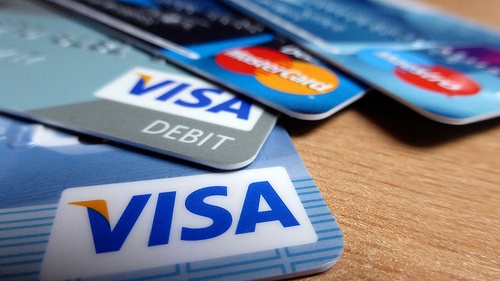With all the financial craziness we’re experiencing right, there is nothing more important than to protect your credit.
According to the Federal Trade Commission, more than 10 million of us are victims of identity theft every year and the number is rising.
Criminals get your personal information in a variety of ways, including:
Dumpster Diving. They rummage through trash looking for bills or other paper with your personal information on it.
Skimming. They steal credit/debit card numbers by using a special storage device when processing your card.
Phishing. They pretend to be financial institutions or companies and send spam or pop-up messages to get you to reveal your personal information.
Changing Your Address. They divert your billing statements to another location by completing a change of address form.
Old-Fashioned Stealing. They steal wallets and purses; mail, including bank and credit card statements; pre-approved credit offers; and new checks or tax information. They steal personnel records, or bribe employees who have access.
Pretexting. They use false pretenses to obtain your personal information from financial institutions, telephone companies, and other sources.
Once the criminal has your information, they can do a number of things, but the most common is to open credit account in your name, sent to a different address. The trick is that you don’t even know those accounts exist until a collection agency tracks you down for non-payment.
How can you stop this? Those credit monitoring agencies will nickel and dime you to death, without any real results.
But here’s an easy way: Put a freeze on your credit.
Here’s how: You contact each of the three credit reporting agencies and fill out online forms that place a freeze on your. That means that no new accounts can be opened unless the applicant “thaws” the credit by providing a secret PIN number to the credit reporting agencies.
Thawing is simple. It only takes a few minutes and then you can apply for credit, for example, if you decide to buy a car with financing or open a new credit account or apply for a mortgage. Once you’ve completed the transaction, you can freeze your credit again.
My consumer hero Clark Howard offers step-by-step instructions for freezing your credit on his website.
It’s a little bit of a hassle and it’ll cost you about $30, but it’s so worth protecting yourself against the grief of identity theft and thousands of dollars potentially lost, the amount of time it will take to correct your problem and the damage to your reputation it can even though you are not at fault.
As long as your credit remains frozen, you can rest easy that no one can possibly steal your identity.







